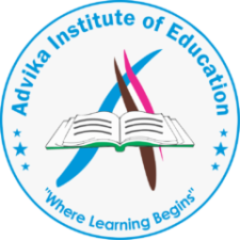IGCSE Business Studies
IGCSE BUSINESS MANAGEMENT TUTOR
Our IGCSE Business Management tutors are experienced professionals who provide expert guidance and support to students studying IGCSE Business Management. Their in-depth knowledge of the subject and passion for teaching help students develop a strong understanding of business concepts and principles.

Our tutors are well-versed in the IGCSE Business Management curriculum and are familiar with the course's specific requirements. They focus on clarifying complex business theories, models, and case studies, ensuring students grasp the fundamental concepts effectively. Through interactive teaching methods, our tutors engage students in discussions, group activities, and real-world examples to make the subject matter relevant and practical. They encourage critical thinking, problem-solving, and decision-making skills, enabling students to apply their knowledge in different business contexts. Our IGCSE Business Management tuition also provides exam preparation, including practice papers, mock exams, and guidance on exam techniques. They familiarize students with the assessment format and help them develop effective strategies to excel in their IGCSE Business Management examinations.
With personalized attention and a student-centered approach, our tutors cater to the individual learning needs of each student. They create a supportive and stimulating learning environment that fosters confidence, motivation, and academic growth.
Goals to provide IGCSE Business studies tuition
- We aim to help students build a solid understanding of key business concepts and principles covered in the IGCSE Business Studies curriculum.
- We aim to foster critical thinking abilities in students, enabling them to analyze business scenarios, evaluate options, and make informed decisions.
- Improve exam performance: We strive to enhance students' exam preparation skills by providing them with practice papers, exam techniques, and guidance on effectively answering exam questions to achieve their best possible results.
- Our goal is to empower students to become independent learners by equipping them with effective study strategies, research skills, and self-assessment techniques.
- We aim to ignite students' interest and enthusiasm for business, inspiring them to pursue further studies or careers.
- We understand that each student has unique learning needs and goals. We aim to provide personalized attention and support to every student, catering to their specific requirements and helping them reach their full potential in IGCSE Business Studies.




